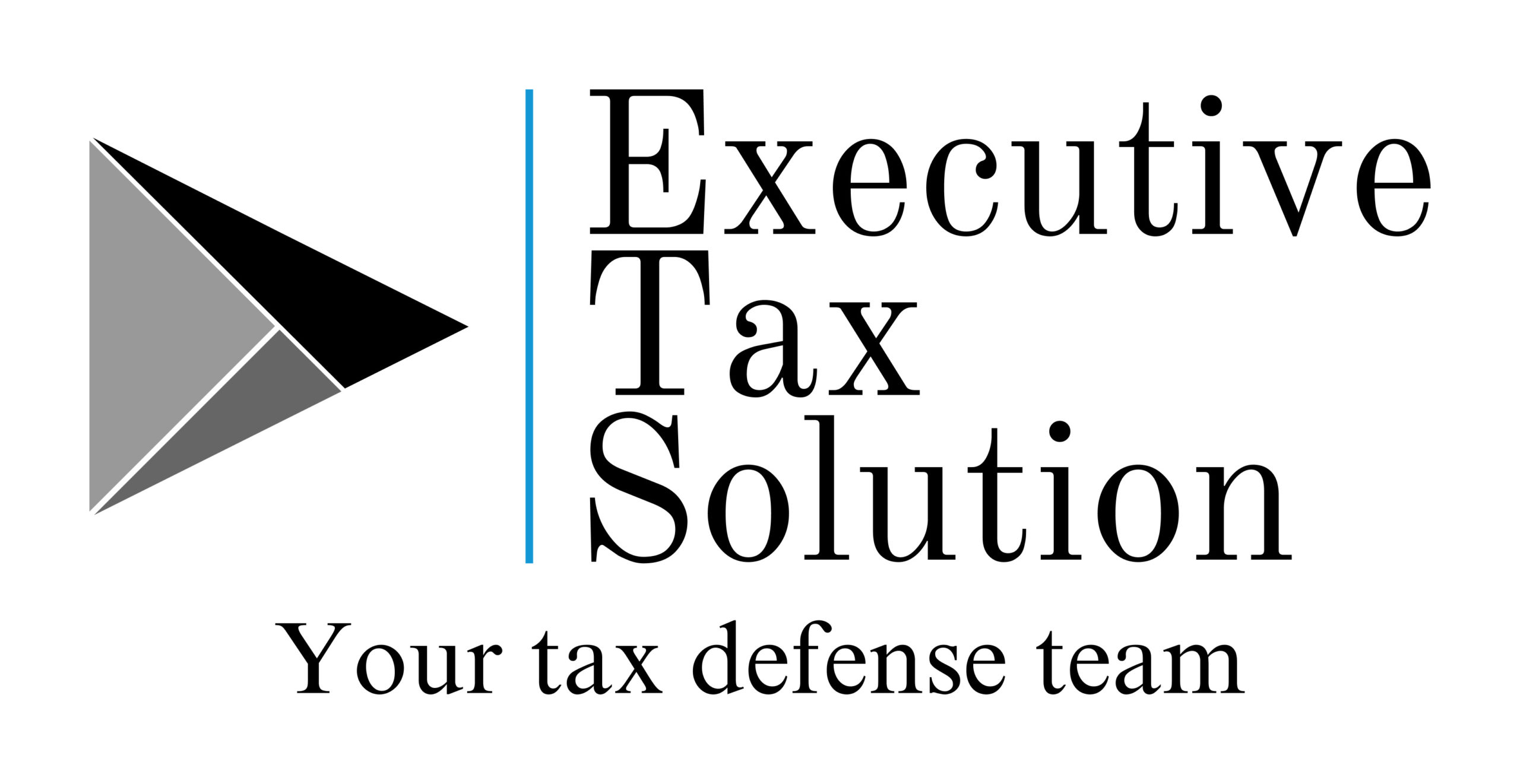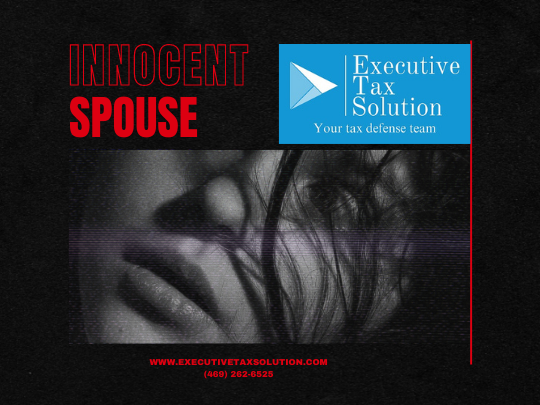Number Four of the Big Eight Resolution types
Innocent spouse relief

When it comes to taxes, no one wants to be on the hook for more than their fair share. Unfortunately, sometimes life circumstances can leave us in just this situation. We can find ourselves surprisingly responsible for tax debts that we didn’t know existed. If you find yourself in this position – known as “innocent spouse” – you may feel overwhelmed and hopeless. But there is some good news: the IRS does offer relief for innocent spouses who find themselves in this difficult situation.
Innocent Spouse Relief Defined
Innocent Spouse Relief essentially allows taxpayers to avoid liability for any unpaid taxes, interest, or penalties that are attributable to their spouse or former spouse. To qualify for this relief, you must meet certain criteria set forth by the IRS. This generally includes proving you had no knowledge of the unpaid taxes and would not have reasonably known about them had you not been married to the responsible spouse.
If you think you might qualify for Innocent Spouse Relief, the first step is to contact Executive Tax Solution (ETS) and request a form called “Innocent Spouse Relief.” This completed form will allow an IRS representative will review your case and determine if you meet the criteria for relief. If so, they will take appropriate action to remove your liability for the unpaid taxes.
Differences between Innocent Spouse and Injured Spouse Relief
When it comes to taxes, spouses are usually jointly responsible for any debts incurred. However, there may be times when one spouse is not aware of the tax debt or is not responsible for it. In these cases, the IRS offers Innocent Spouse Relief and Injured Spouse Relief. Here’s a look at the key differences between these two relief options:
Innocent Spouse Relief:
This relief option is available to taxpayers who were unaware of their spouse’s unpaid taxes or who would not have reasonably known about them had they not been married. To qualify, taxpayers must also prove that they are not responsible for the unpaid taxes.
Injured Spouse Relief:
This relief option is available to taxpayers who filed a joint return with knowledge of their spouse’s unpaid taxes. In this case, the taxpayer must prove he is not responsible for the tax debt. He must also show that he will suffer financial hardship if held liable for it.
Both Innocent Spouse Relief and Injured Spouse Relief can be helpful in situations where one spouse is facing tax liability for a debt that they did not incur. You might qualify for either type of relief, The first step is to contact a reliable tax expert. Then request the appropriate form. You tax pro will take appropriate action to remove your liability for the unpaid taxes.
Don’t Despair
If you’re facing tax debt that you didn’t anticipate, don’t despair – there may be help available through Innocent Spouse Relief or Injured Spouse Relief. Contact Executive Tax Solution today to see if you qualify.
Form 8857
Ask your tax professional at ETS to provide you with form 8857, “Innocent Spouse Relief.” Once completed and returned, an IRS representative will review your case and determine your relief. Hopefully, the agency will remove your liability for the unpaid taxes.
For Innocent Spouse Relief – Call Executive Tax Solution @ (469) 262-6525

